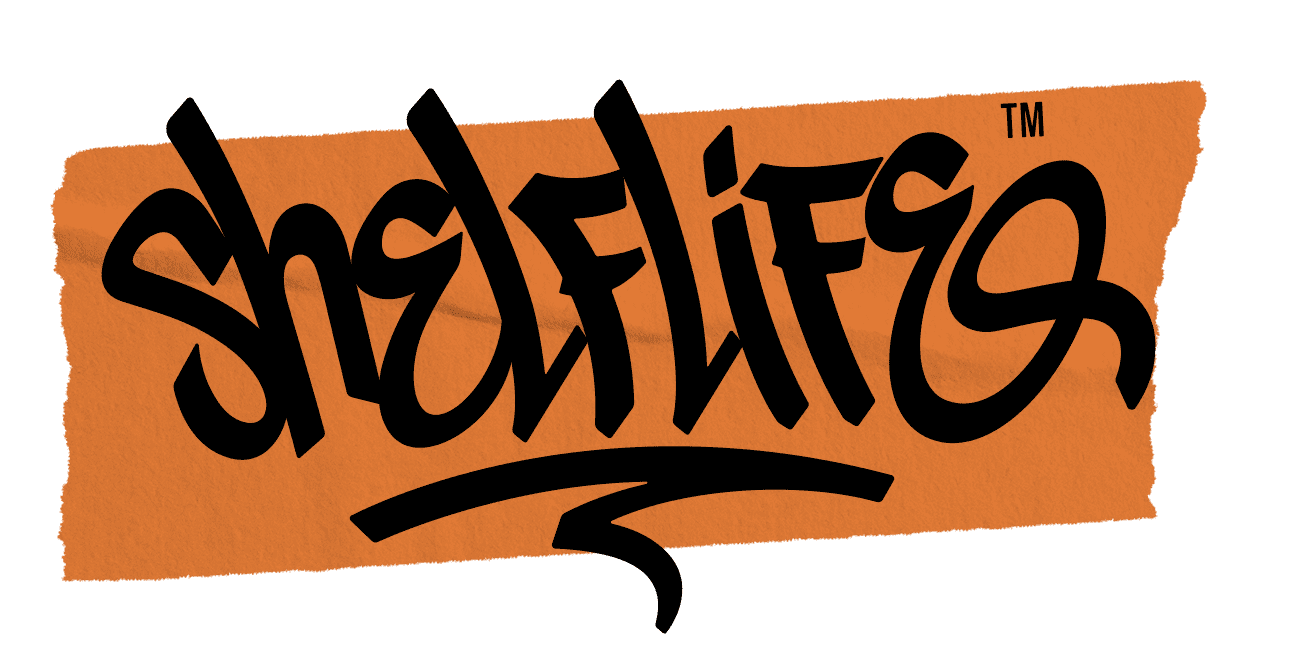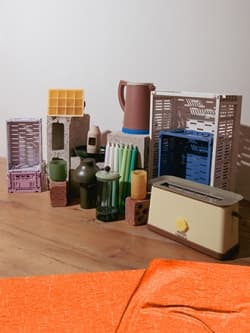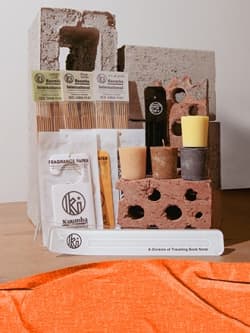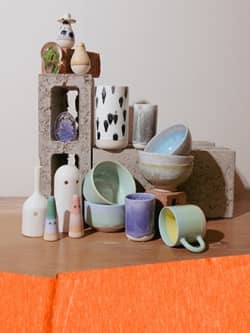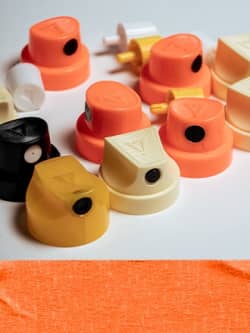Catching up with Jana Babez
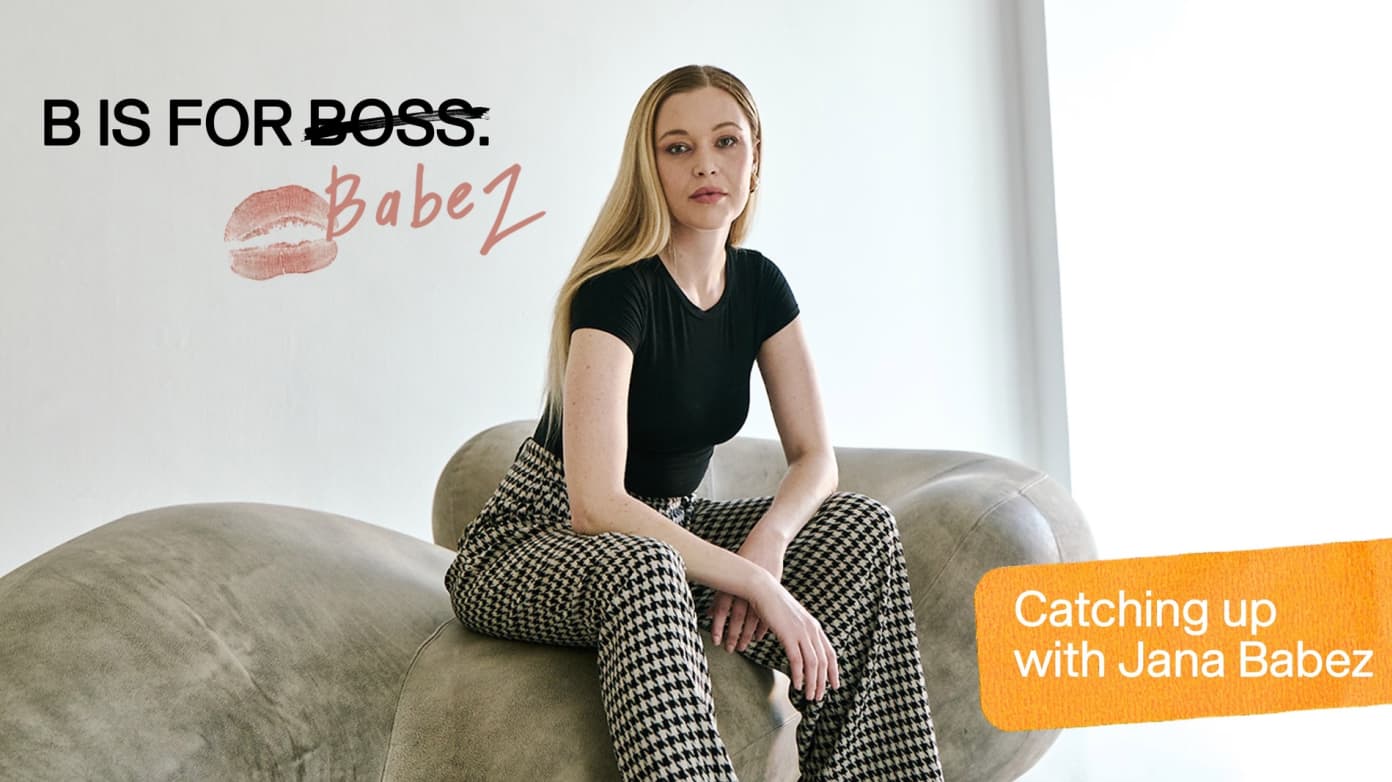
With the Investec Cape Town Art Fair on the horizon, James Nash sat down to chat with Jana Babez, Head of Development at Southern Guild Gallery. A curator with an encyclopedic knowledge of the art world, Jana seeks out rising stars across the continent, spotlighting them and helping to push the envelope of contemporary African art forward.
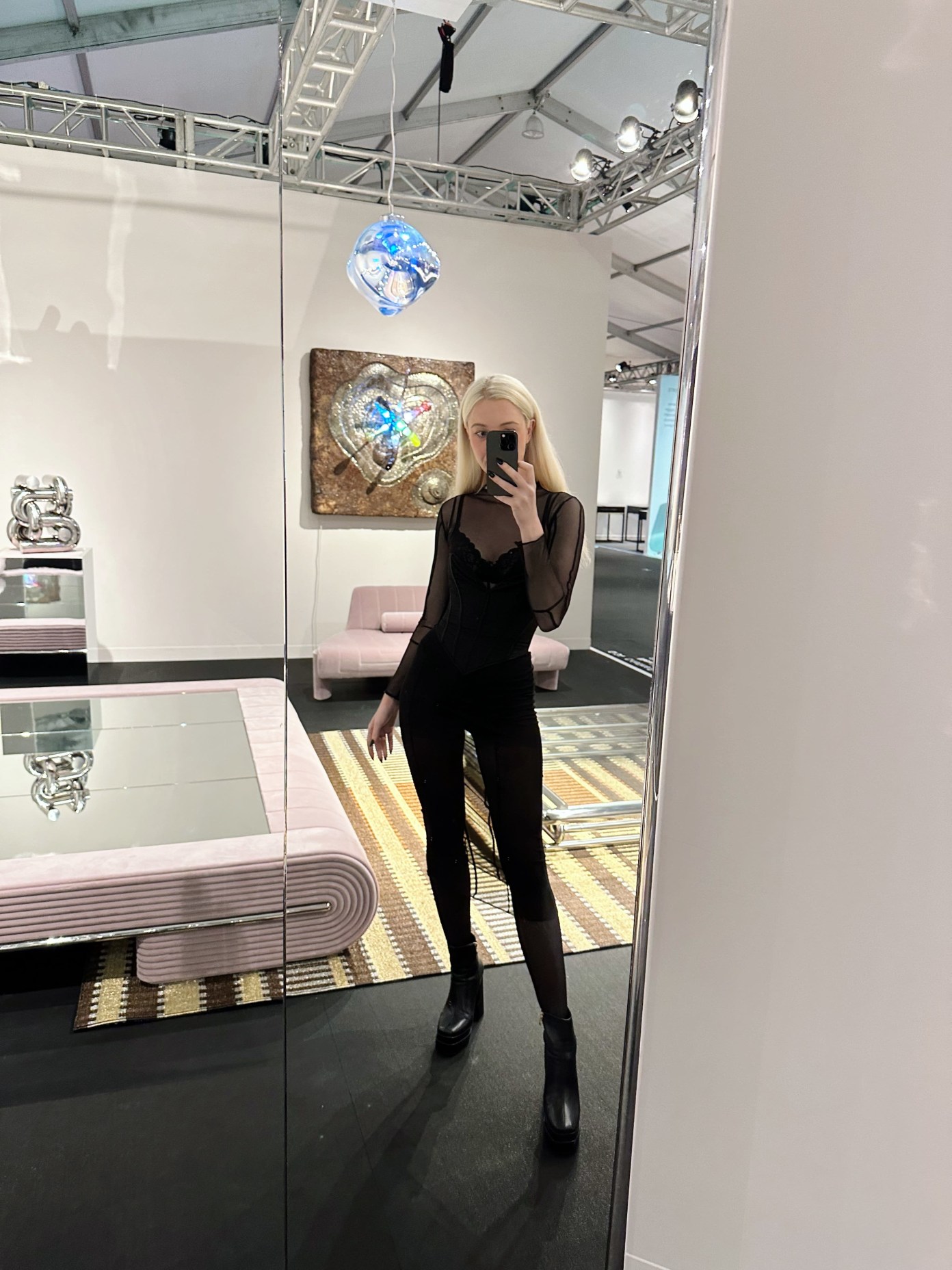
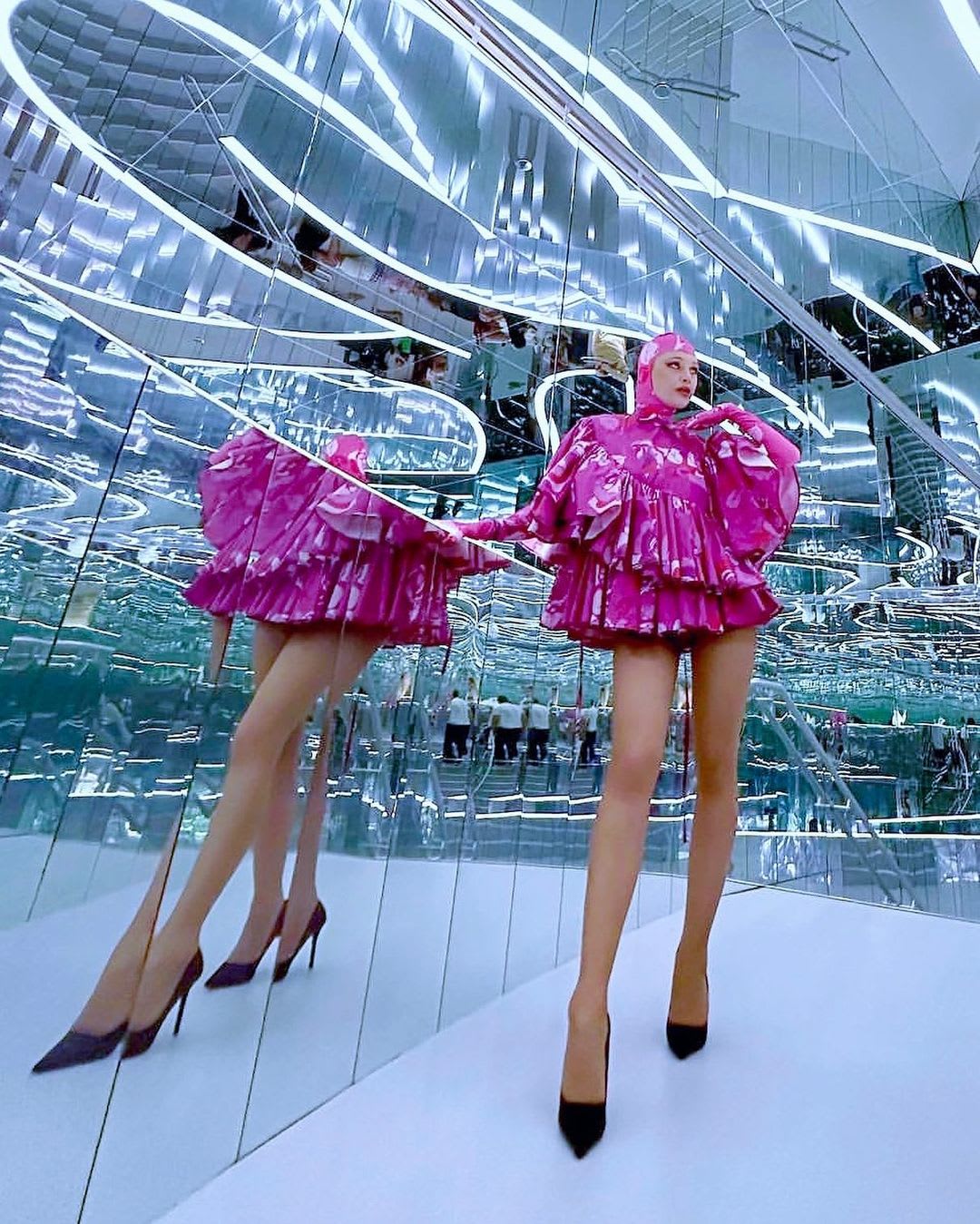


Where are you based at the moment?
Cape Town, South Africa and dreaming of new travels.
Tell us a bit about yourself and your journey from artist to curator.
I’m Jana, but my friends in my head call me Babez. I’m a curator and art development strategist. I currently serve as the Head of Development at Southern Guild Gallery. The journey from making art to curating and working as a cultural producer was a natural one. I’ve always been interested in sharing artist’s stories and find joy in bringing them into conversation with each other. My curation interests developed organically from my art practice and now I have the privilege of uncovering new ideas and ways of seeing that bring audiences nuanced, hopefully challenging, understandings of contemporary African art.
Can you explain the process of curation – how selection happens, and anything else that goes into it?
The role of the curator is to distill the intention of the artist, while simultaneously expanding the conversation to reveal new meanings. Project management can also fall within the curator’s role depending on the scope of the exhibition. Everyone’s process is different, and my approach is an instinctual and systematic hybrid. It usually starts with a single thought or line that dances around my brain over a long period. This could be something I read in a poem, something I overheard or ideas that are discussed during studio visits. From there, I begin to play around with how it can be turned into an exhibition and find ways it can bring new meanings or uncover ideas present in the practices of the artist. The initial stages are research-oriented, finding images and texts that relate to the idea. From there, it moves to a process of reaching out to artists, studio visits and workshopping ways artists can contribute.

Are there any themes that you see recurring in local art lately, and have you been drawn to any?
New interpretations of materiality have been expanding my understanding of raw materials and industrial debris. On a recent trip to Harare, at the invitation of Valerie Kabov from First Floor Gallery Harare, I was blown away by how artists’ ingenuity can contribute to broadening understandings of what contemporary artmaking looks likes. Visiting Mbare Art Space in Harare was incredibly inspiring. Seeing the way Moffat Takadiwa manipulates, stretches and translates found materials with such finesse was enthralling. I was encouraged to experience the greater sense of community of Zimbabwean artists which sees practising artists work alongside apprentices and art students. Here, I was introduced to the work of Julio Rizhi who repurposes found plastic into dysmorphic wall works, which Southern Guild recently showed at Untitled Art Fair in Miami.
I have also been drawn to cross-disciplinary collaborations, artists-as-curators, and art collectives where the exploration of ideas of materials is explored outside the bounds of the commercial art world. One of the most interesting exhibitions I saw recently was Just Visiting, curated by Guy Simpson, at Under Projects. Artists made site-specific works on the walls of the gallery that were painted over at the close of the exhibition. The transience of this work and the focus on the experience over commerce felt very exciting in Cape Town.

You’ve been on the move a lot lately. Have you noticed any interesting differences between the art scenes in different cities?
Travelling and expanding my worldview are very important to me. I am always interested to see how contemporary African art is being perceived and how showing works in new contexts can produce new meanings. Having recently visited Miami, I was interested to learn how works were read in relation to the African diasporic and Latin American art world. There is so much potential for the global south to share stories and collaborate. In many ways our experiences are similar but we can learn through cross-collaboration. Artmaking is a space for endless reimaginings of society that can be explored without bounds. Every city has its own energy and I am drawn to diasporic communities in a way to solidify ties across space and place.
You were recently at Art Basel Miami Beach. What was it like to experience the international art scene?
Miami was a movie. Scarface is one of my favourite movies so naturally, I have always wanted to visit and be transported to the 1980s. Being there over Miami Art Week exploded my understanding of what is possible for the reception of contemporary African art. The energy is electric and to be there over the period of Art Basel Miami Beach meant having every sense stimulated. To see and experience so much made me grateful to be part of articulating contemporary African art at this time in history. To experience and cradle up next to Zanele Muholi’s larger-than-life Muholi V sculpture outside the Miami Beach Convention Centre was such an affirmation that Africa is, and will forever be, the moment.

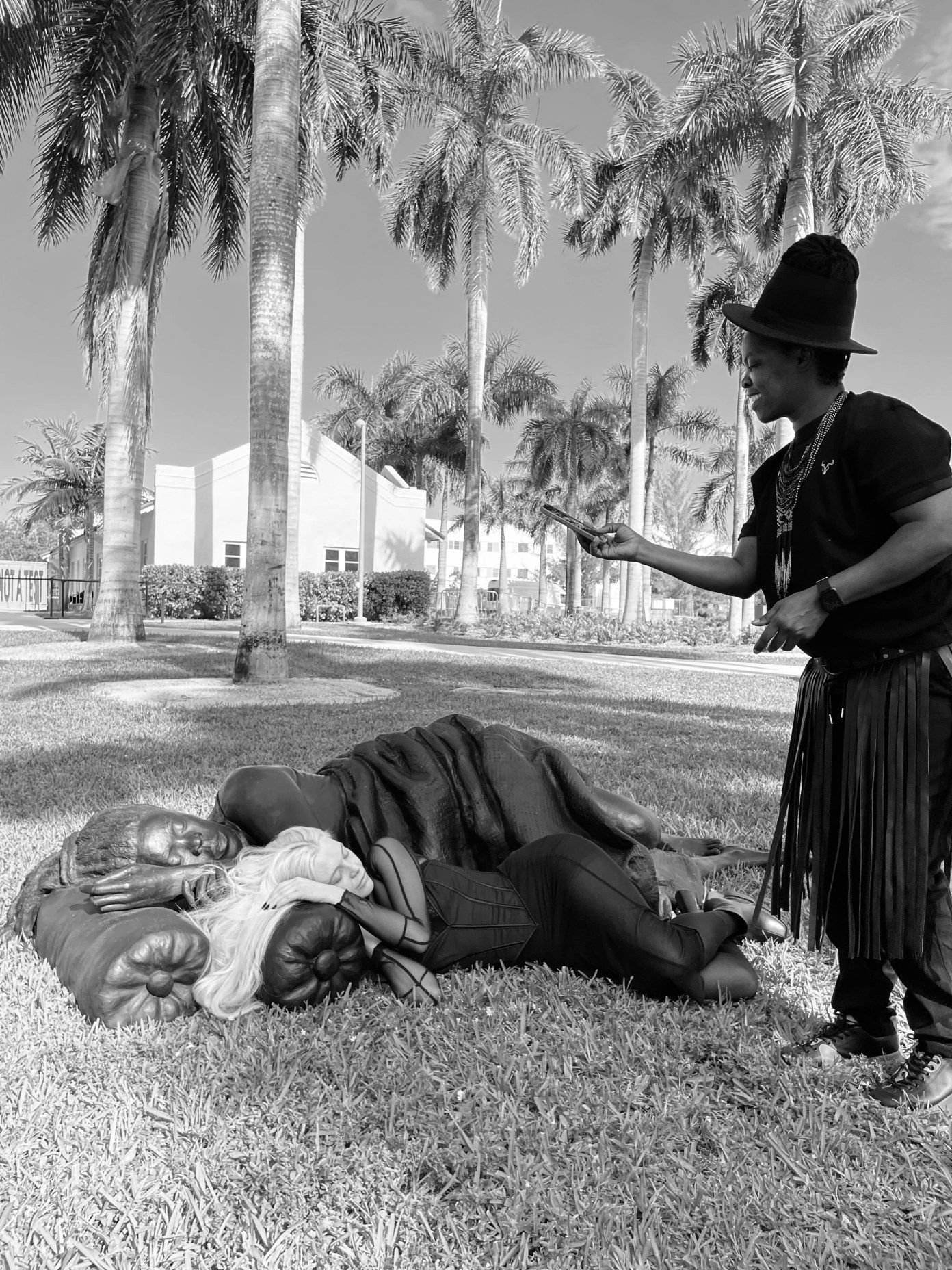


Do you feel South African art is attracting more international attention?
South Africans have long had a large presence on the world stage, and there is a sense that more artists and curators are coming to global prominence. Increasingly, I have felt that while international attention is important for global collaborative thought, African art producers should work with each other. Thus, I am more interested in fostering ties across the continent to contribute to the realisation of a multifaceted African self.
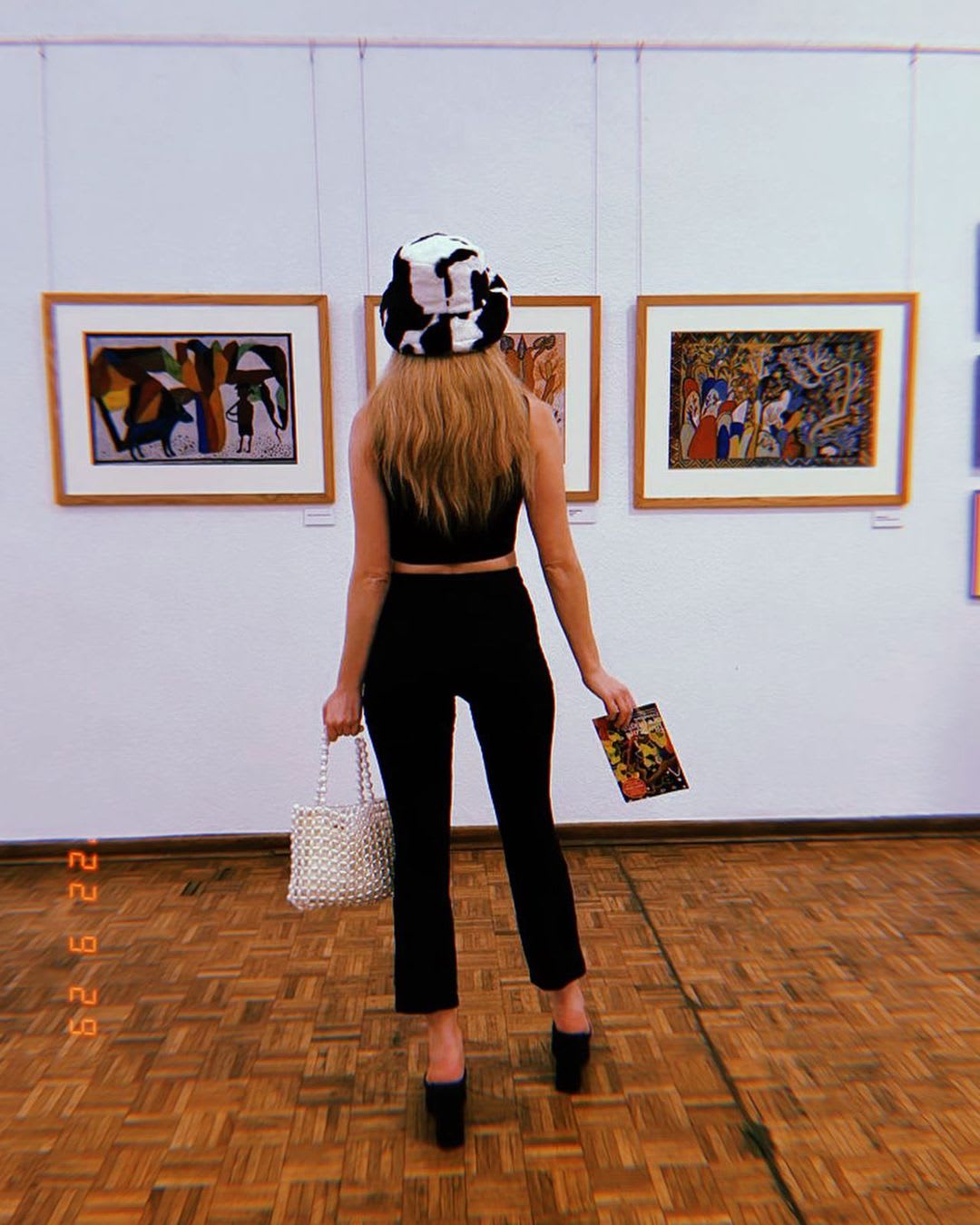



Can you tell us about some of your favourite artists you’ve exhibited?
South Africa’s very own fashion designer icon, Rich Mnisi’s work with Southern Guild is some of the most interesting translations I have seen of dreams into sculptural form. Mnisi’s designs see his creative vision translated into sculptures that merge his heritage and reverie. In his own words, his last solo exhibition, Nyoka, “started with a nightmare” and from there he fused his research on Congo’s Bushongo mythology and its creator god, Bumba. This interweaving of dreamstates with living history creates a space where fiction and imagination can imagine the world anew. Southern Guild recently showed his work at Design Miami and the conversations I had with the audiences there affirmed my belief in the importance of cross-disciplinary artistic practice.
The work of Cape Town-based Iranian artist Kamyar Bineshtarigh has stayed with me for a long time. His melding of process-based work and the breakdown of language encapsulates the beauty and failure of language in a way that is (surprise, surprise) bewildering to put into words. Southern Guild will be including his large-scale work in our upcoming presentations at Investec Cape Town Art Fair in February 2023 and EXPO Chicago in April 2023. His Factory Wall series saw Bineshtarigh create works directly onto a factory wall close to his studio and then peel them off afterwards, leaving traces of the original wall, the history of the building and his intuitive mark-making derived from Farsi script and calligraphy.
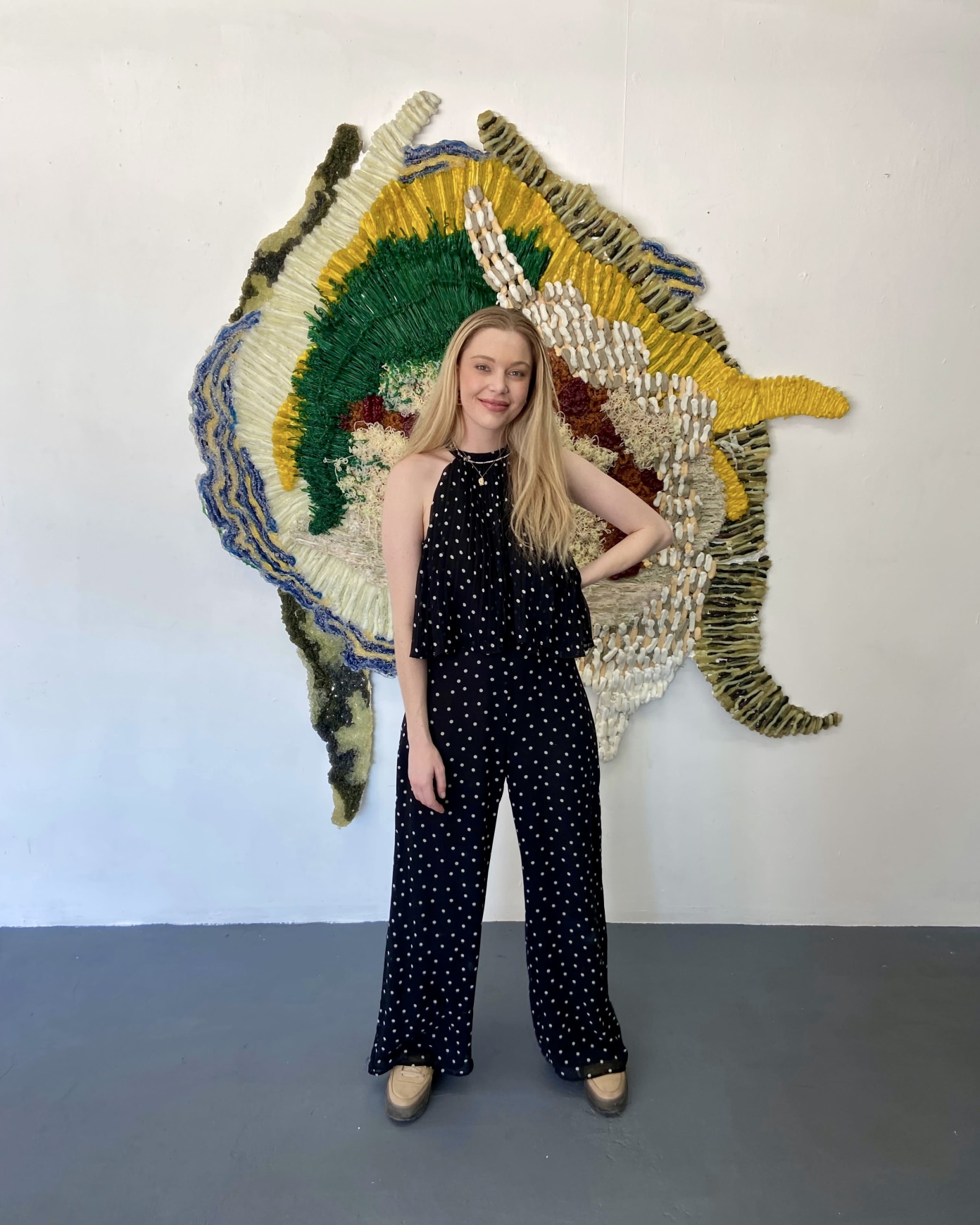
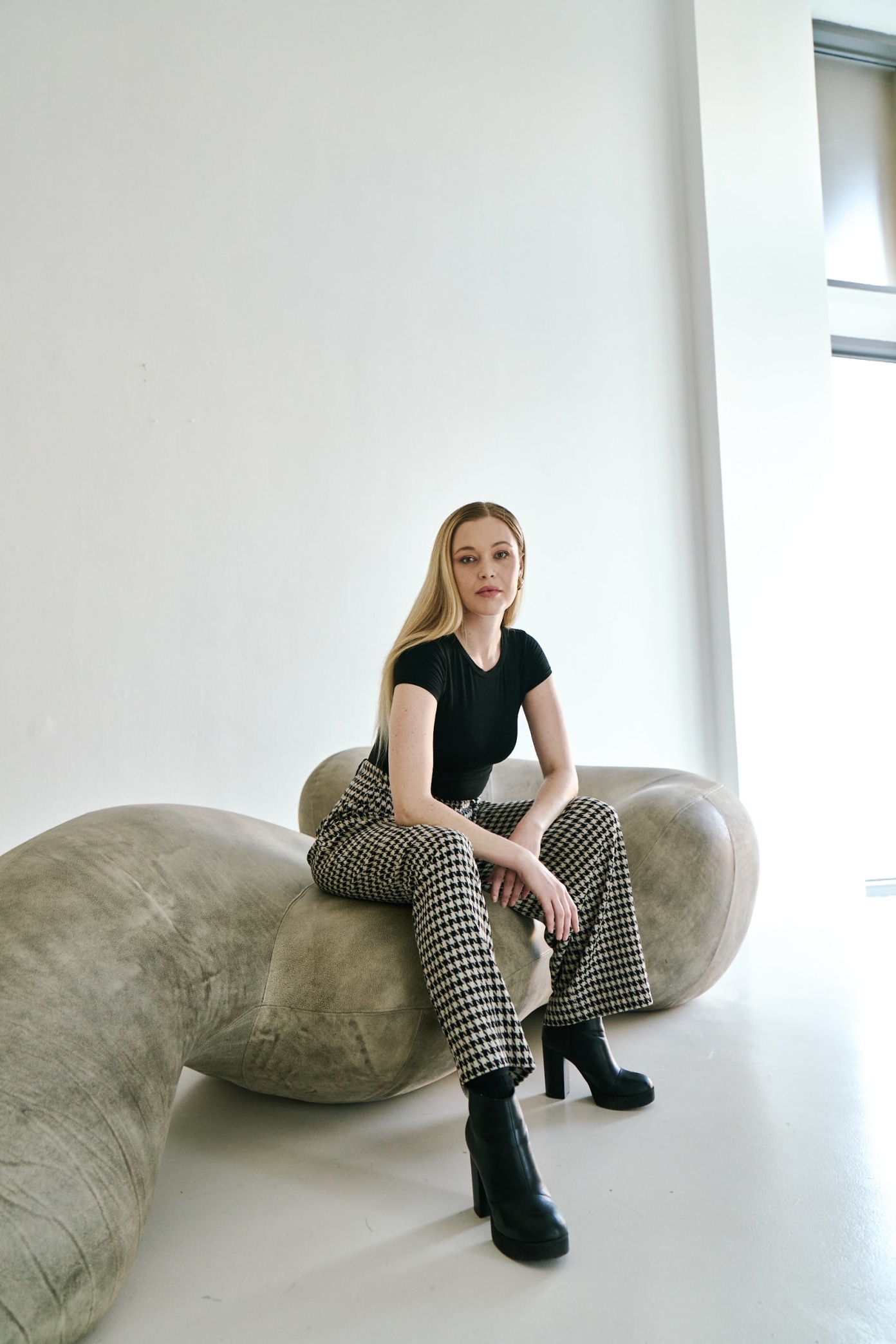


Do you have any advice for someone who would like to pursue a career like yours?
There are so many ways to contribute to the art world, and many routes into it too. My advice would be to assess which role would be best suited to your skillset, or where you would most like to contribute. Internships can be a valuable way to explore a field and see if it suits an individual's way of working. Attending art events can also help broaden one's understanding of the local art scene and the prevailing discourses. Reading local and international art publications is important in making sure you are up to date with contemporary art discourse. This is also a good way to find gaps in cultural production – there are always gaps – and position yourself to contribute to the creation of living archives. ArtThrob is a great local resource, and internationally I always enjoy The White Pube and Artforum. On a more practical level, ensure your CV is up to date and share it regularly with spaces where you want to pursue employment. Setting up face-to-face meetings with potential employers can also go a long way in making your application stand out.
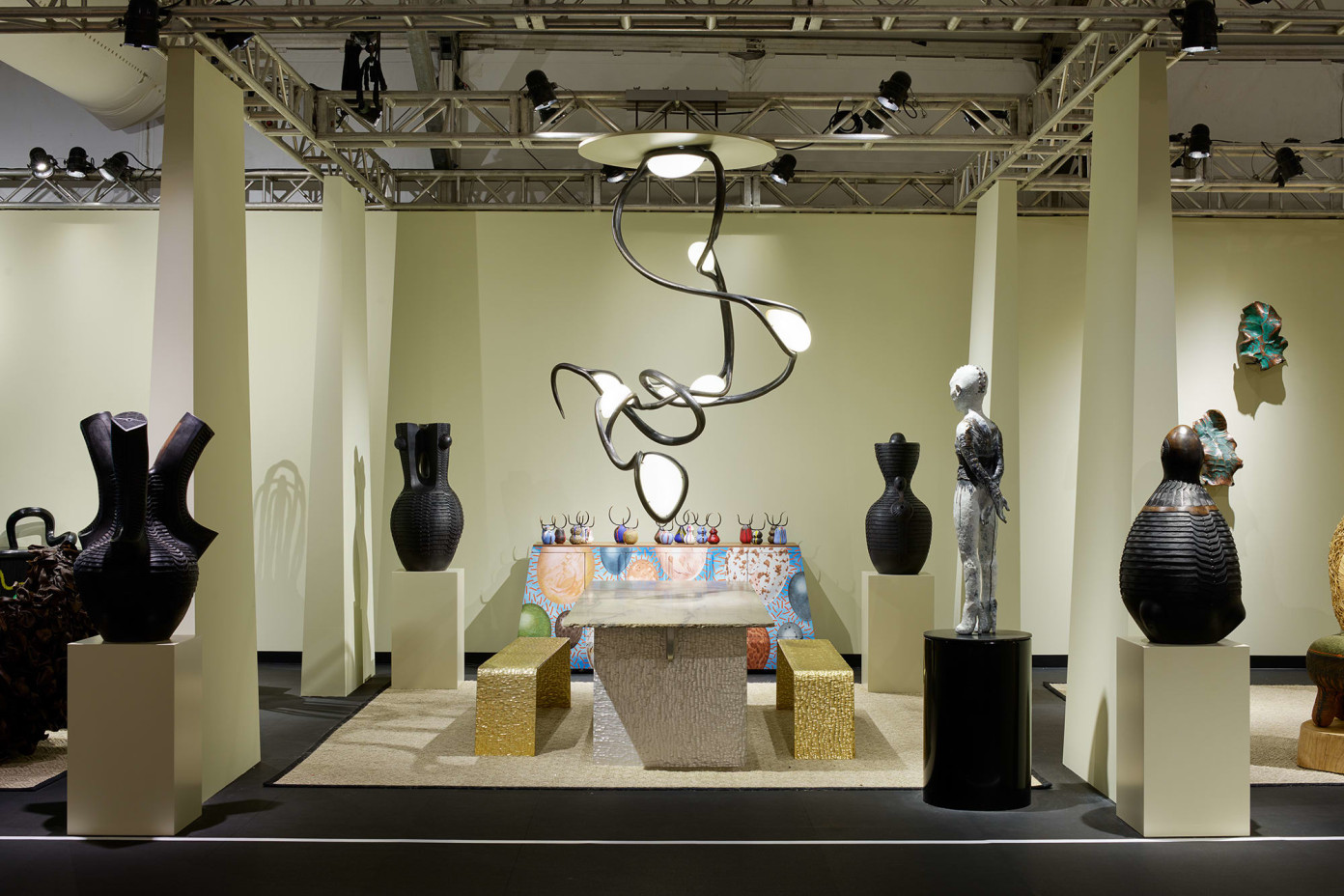
What are your plans for the future? Are there any exhibitions which you’ve curated that we should look out for?
Southern Guild has a robust gallery and art fair programme planned for the year, which I am very excited to be contributing to with the team. An exhibition I am looking forward to is a cross-gallery collaboration between First Floor Gallery Harare and Southern Guild. Wycliffe Mundopa’s solo exhibition, Pachipamwe (We Meet Again), will open the week before Investec Cape Town Art Fair begins and is not to be missed. The exhibition emerged from the trip to Harare and aims to celebrate the work of First Floor Gallery Harare. Collaboration and cross-national sharing of ideas is vital to broadening local audiences’ understanding of the important work galleries and artists are doing across the continent. Porky Hefer’s solo exhibition, Volume 4. Chaos Calamus – Interspecies Reciprocal Altruism, opens at the same time and presents a series of functional works sculpted out of Kooboo cane, incorporating carved timber sculptures by artist Adam Birch.
Beyond that Southern Guild has powerful presentations planned for Investec Cape Town Art Fair and EXPO Chicago this year. For my curatorial pursuits, I am currently working towards a group exhibition opening later this year that will continue my exploration of empathy through artmaking, dreamworlds and the metaphysics of healing. I have also recently started an Instagram account @girlslikecarsandMonet where I share artworks that are trying to climb out of my brain and hold everything I love. Follow along!

